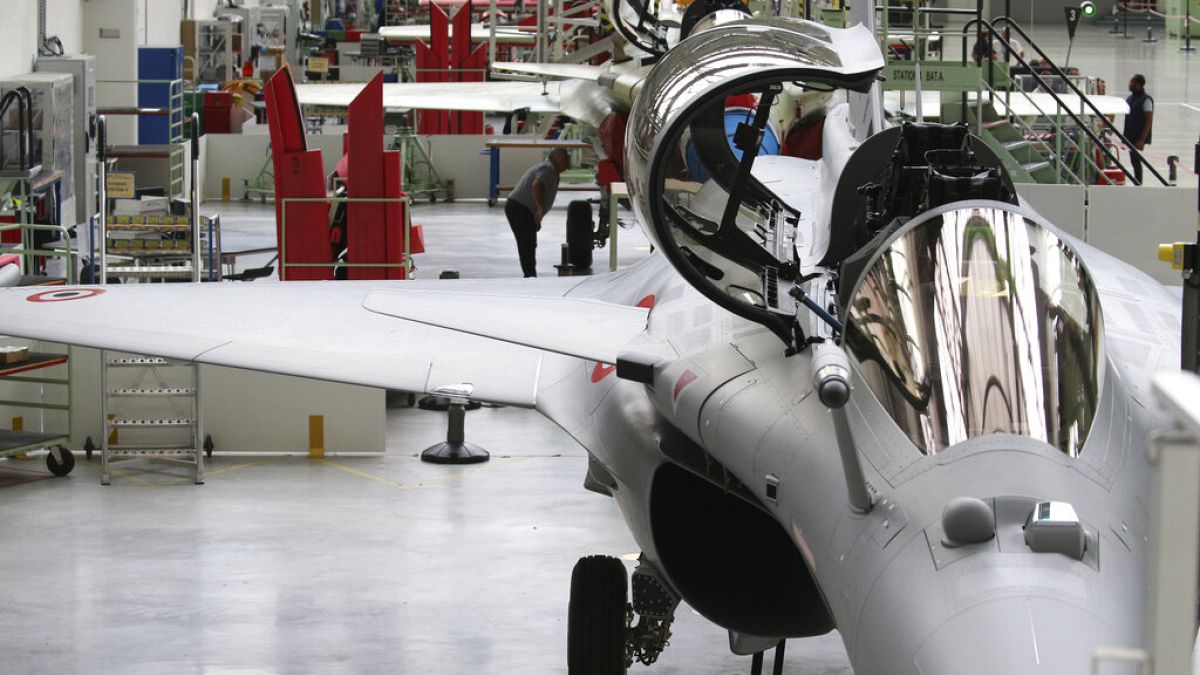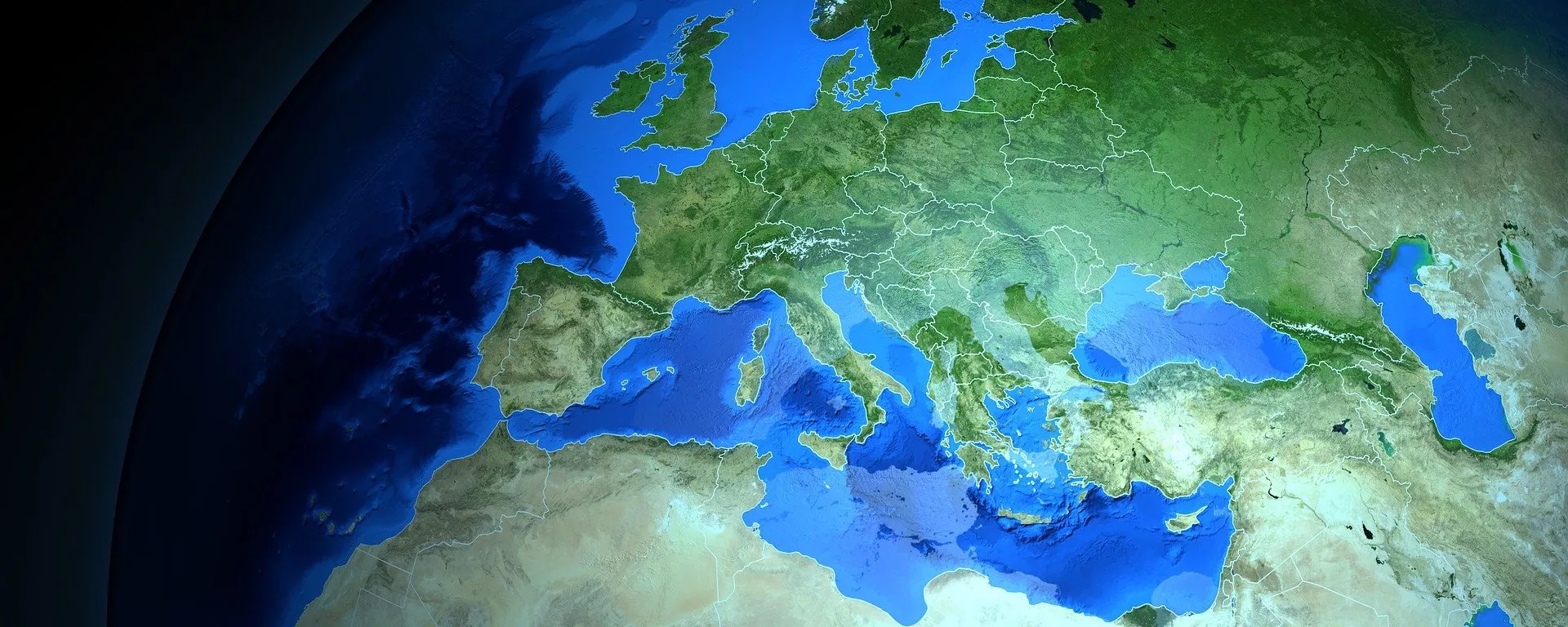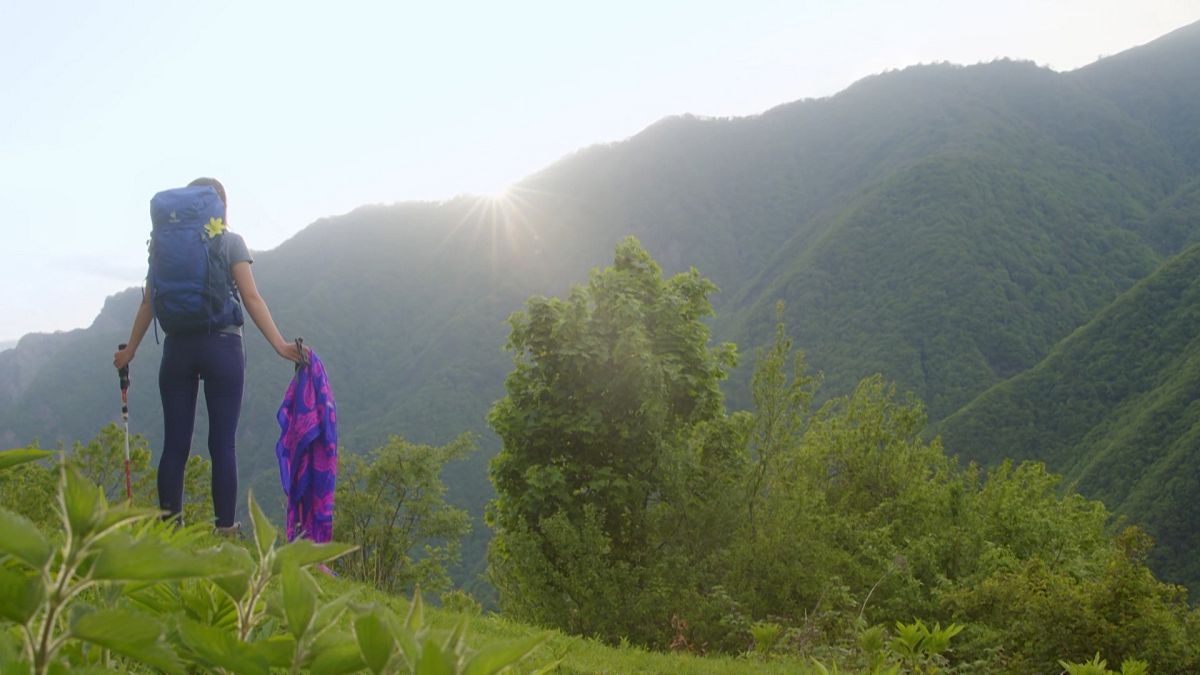War in Syria has suddenly re-exploded, having remained unresolved since 2011. As the factions reignite battle lines in a dispute that sees proxy support from many regional actors, Euronews guides you through the context and main actors.
As the Lebanese ceasefire barely holds, a new and unexpected rebel offensive has been shaking Syria since last week, all after almost five years of a relative truce.
The Syrian Army (SA) of President Bashar al-Assad has been losing ground to Turkey's proxy militia.
The precarious balance of the fragmented country could revive a widespread conflict among factions, militias, and their foreign power sponsors competing in the region.
What are the origins of the never-ending Syrian conflict, and who are the main actors?
The main actors of the conflict
The military backbone of the insurgency of these days is the Sunni Islamist fundamentalist group Tahrir al-Sham (the Levant Liberation Committee or HTS), previously linked to the Jabhat Al-Nusra, the Al-Qaeda branch that operated in the Syrian conflict from 2011 until the last three main ceasefires brokered between 2017 and 2020 by the US, Russia, Turkey, Jordan and Iran.
The HTS rebels are partly supported by Turkey, while the government of al-Assad is assisted by Russia and Iran.
The Syrian state started falling apart during the Arab Spring in 2011. A ferocious civil war ravaged the Middle Eastern country, provoking more than 300,000 deaths, about 1.5% of the pre-2011 population.
Since the beginning of the bloody conflict, the main belligerents included the Damascus government of al-Assad, an autocratic system ideologically rooted in the socialism-inspired Arab nationalism of the Ba'ath Party.
Syria and its multiethnic, multi-denominational society have held together since 1970, when Hafez el-Assad, then a highly-ranked army officer and the father of Bashar al-Assad, seized power via a military coup.
The al-Assad dynasty governed with an iron fist, however. The ruling family and its inner circles' recipe for stability was strict control of the country's security forces and a strong partnership with the Soviet Union and, later on, Russia.
The Arab Spring of 2011 and the never-ending war
The first street protests of 2011 quickly turned into a violent civil war and a proxy confrontation among foreign powers in the pure tradition of the Eastern Question.
The democratic opposition was rapidly challenged by the Islamist groups supported by Turkey, Saudi Arabia and Qatar, while Iran, Russia and the Lebanese Hezbollah came to the rescue of the al-Assad regime.
The US, France and Israel were soon involved in the conflict.
Ankara seized the opportunity of the cracks in the al-Assad regime to project its political influence in the region and to directly intervene against the Kurds of the YPG — a rebel group serving as the primary component of the Syrian Democratic Forces — that had their sanctuaries in northern Syria.
In 2013, the war turned into a nightmare for the Syrian Arab Republic army. Al-Assad's once-mighty army lost ground in front of the advance of the so-called Islamic State (IS), the ruthless extremist armed group that took control of important parts of the Syrian and Iraqi territories.
The so-called IS imposed a strict and violent interpretation of religious beliefs and conquered large swaths of the territory, threatening the very existence of the Syrian state.
Russia and Iran, concerned by the possibility of losing their crucial partner in such a strategic area, intervened directly in the conflict to save al-Assad’s government and their own military outposts.
Russia has two important eastern Mediterranean bases on the Syrian shore: a navy docking in Tartus and a military airport in Kheimim.
Iran needs the Syrian territory to keep its connection and a free flow of weapons and other illicit goods with Hezbollah in Lebanon.
By 2015, the combined actions of the Russian Air Force and Russian private military companies, such as Wagner, with special units of the Iranian Revolutionary Guards and Hezbollah, recovered a big part of the territory at the expense of the Islamist and IS militias.
Aleppo, which was under the control of the Jabhat Al Nusra and the Free Syrian Army, was reconquered in 2016 after four years of battles and sieges by the Damascus regime's forces with the assistance of Russian weapons and advisors.
According to military analysts, the Russians applied the same operational tactics to take Mariupol in 2022’s full-scale invasion of Ukraine.
The US entered into the Syrian war in 2014 with the official goal to wipe out IS and to protect the Kurds and the democratic forces.
A precarious balance of powers: Who controls what
When the factions struck three major ceasefire deals between 2017 and 2020 that brought a precarious cessation of the hostilities, the al-Assad forces had already taken back control of almost 80% of the territory.
Since then, other portions of the Syrian territories have been held by the Syrian Salvation Government, based in Idlib, and the Autonomous Administration of North and East Syria, composed of western Kurdish areas and other Syrian provinces.
This entity is an oil-rich democratic federation supported by the West and a haven for some of the Kurdish militant groups that fought against the so-called IS, the Turkish special forces and their proxies.
Other, minor areas of Syria are still under the control of IS.
The Turkish occupation zone lies in vast areas of northern Syria along the Turkish borders. Ankara shares the administration of these regions with the Syrian Interim Government (SIG), a myriad of different Syrian opposition groups, religious and non-fundamentalist political factions.
The US holds a military base in Al-Tanf. It is located at the strategic border with Iraq and not far from Jordan. From this base, the US military conducted strikes against Iranian targets in the region.
The US Army shares this territory with the so-called Syrian Free Army (SFA), an armed group whose backbone is the Authenticity and Development Front, which is a gathering of Islamists and Syrian National Army defectors.

 1 month ago
10
1 month ago
10






 We deliver critical software at unparalleled value and speed to help your business thrive
We deliver critical software at unparalleled value and speed to help your business thrive






 English (US) ·
English (US) ·